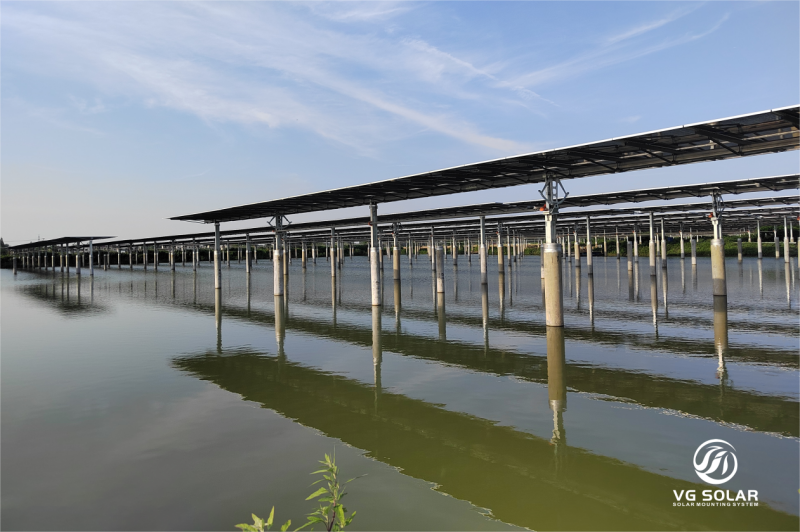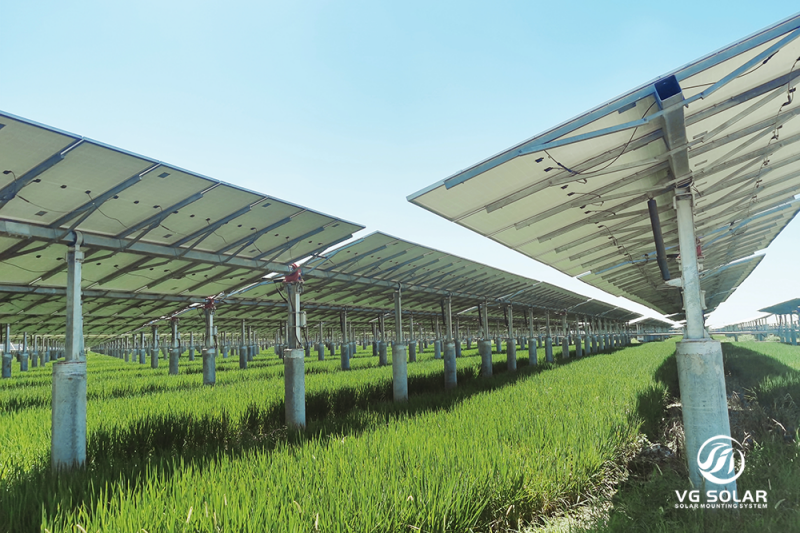In the search for sustainable energy solutions, photovoltaic (PV) systems have become the cornerstone of solar power generation. However, the efficiency of these systems can be significantly improved through the implementation of advanced technologies, in particular photovoltaic tracking systems. These systems use astronomical algorithms and artificial intelligence to optimise the real-time tracking of sunlight, ensuring that solar panels are always positioned to capture the maximum amount of solar energy throughout the day.
At the heart of a photovoltaic tracking system is its ability to adjust the angle of the solar panels according to the sun’s movement across the sky. This dynamic adjustment is critical because fixed solar panels can miss significant amounts of sunlight, especially during peak hours. By using a closed-loop control mechanism, these tracking systems continuously optimise the orientation of the panels, thereby increasing their efficiency. The integration of artificial intelligence further enhances this process, enabling the system to learn from environmental conditions and make real-time adjustments based on factors such as changing weather and terrain.
A major benefit of photovoltaic tracking systems is their ability to provide protection from severe weather. Traditional solar panels become less efficient on cloudy or rainy days. However, advanced tracking systems can adjust their positioning to maximise the use of available sunlight, even in less than ideal conditions. This ability not only helps to maintain energy production, but also ensures that the components of the PV system are utilised to the maximum, ultimately resulting in greater benefits for energy producers.
In addition, the adaptability of photovoltaic tracking systems to different terrains is a major revolution in solar energy. Different geographical locations present unique challenges, from uneven ground to varying levels of sunlight exposure. Using sophisticated algorithms, these systems can analyse the terrain and optimise the positioning of the solar panels accordingly. This adaptability not only improves the overall efficiency of the solar power generation process, but also increases the value of the PV tracking system itself.
The continuous optimisation provided by these systems brings tangible benefits to energy producers. PV tracking systems can significantly increase the output of a solar power plant by maximising the amount of solar energy captured. Increased energy production not only contributes to a more sustainable energy future, but also improves the economics of solar projects. As the demand for renewable energy continues to grow, the ability to generate more power from existing installations becomes increasingly valuable.
In summary, photovoltaic tracking systems represent a significant advancement in solar power technology. Using astronomical algorithms and artificial intelligence, these systems can track sunlight in real time, ensuring that solar panels are always in the optimum position. Their ability to protect against adverse weather conditions and adapt to different terrains further increases their efficiency and value. As the world moves towards a more sustainable energy future, the integration of these advanced tracking systems will play a key role in maximising the potential of PV power plants, ultimately delivering greater benefits to energy producers and the environment.
Post time: Feb-14-2025


